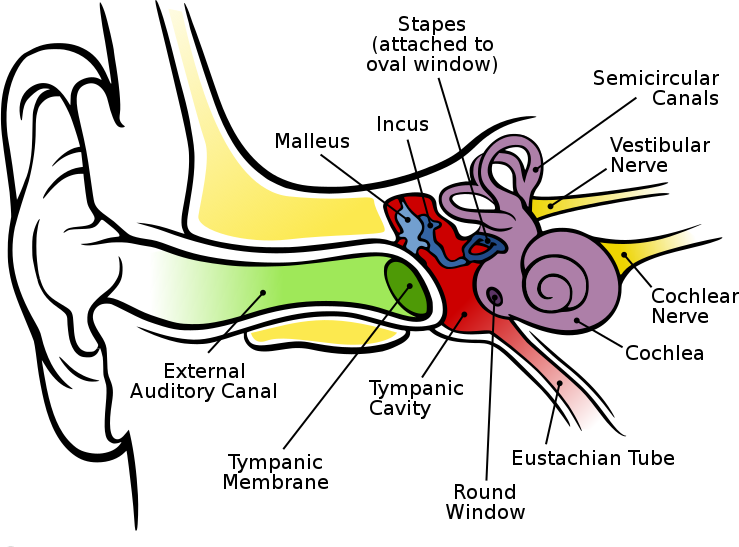The Importance of Hearing
The world is full of important and amazing sounds that we often take for granted. People are often amazed by the sounds of nature once they try hearing aids – the calls of birds, the sounds of waves lapping, the rattle of rain on a tin roof and the whistle of wind through the trees.
To be able to speak to and communicate with those around us is crucial in our daily lives. It helps us to develop intelligence, understanding and feelings. Without it we can become frustrated with the inability to express ourselves and hear the expressions of those around us.
Degrees and consequences of hearing loss
Over three million Australians are affected by some form of hearing impairment. This doesn’t only affect these three million people, but also the friends and relatives around them who now struggle to have even the simplest conversations with them.
Thankfully, the technology of today makes hearing easier to achieve than ever before. We can help undo the negative affect your hearing loss is having on your relationships and quality of life. The world is full of amazing sounds to experience, and with our help, you can rediscover it all.

How hearing works
When something makes a noise, it sends sound waves through the air. These sound waves are collected by the outer ear and channelled along the ear canal to the eardrum. The impact on the eardrum creates vibrations that are transmitted along the three bones of the middle ear. The last of these bones (the stapes) connects to the inner ear.
When the stapes vibrates, it moves the fluid within the inner ear. This movement causes the tiny hairs that are connected to the lining of the inner ear to bend in a wavelike action. The bending of these hairs sets off an electrical signal that is transmitted to the brain via the auditory nerve.

Understanding your ears
Your ear is made up of three different sections, which include:
Outer Ear
Comprises everything you can see down the ear canal to the drum
Middle Ear
Comprises the space behind the eardrum housing the 3 smallest bones in the body: the malleus (hammer), incus (anvil) & stapes (stirrup). These bones transmit sound vibrations from the ear drum to the inner ear.
Inner Ear
Comprises the cochlea and semicircular canals. The cochlea is a spiral-shaped structure, about the size of a pea. It is nestled in the bone of the skull and is filled with fluid. A thin membrane with thousands of microscopic hairs sits in this fluid. Each hair is tuned to a particular pitch and connects to the hearing nerve that transmits the message to the brain. The semicircular canals are related to the sense of balance.